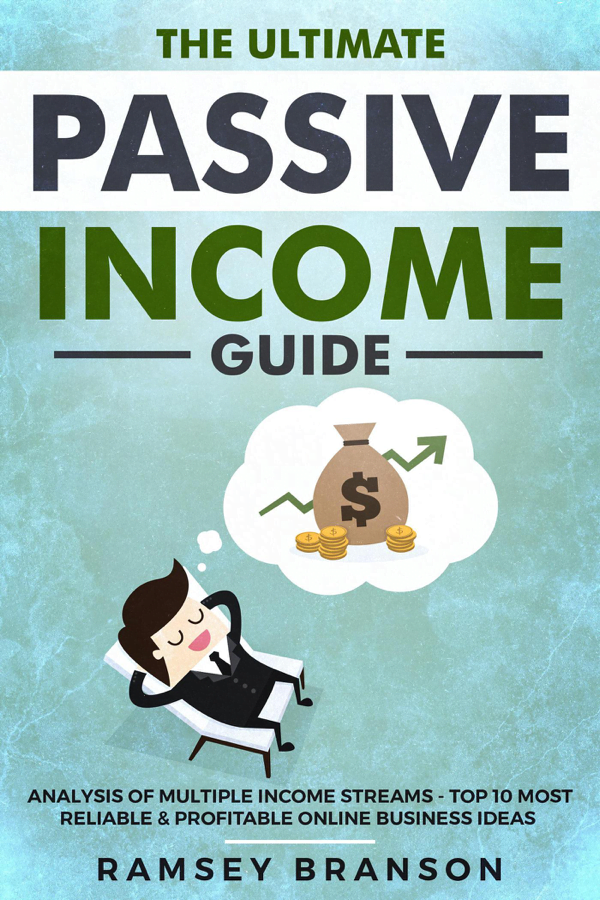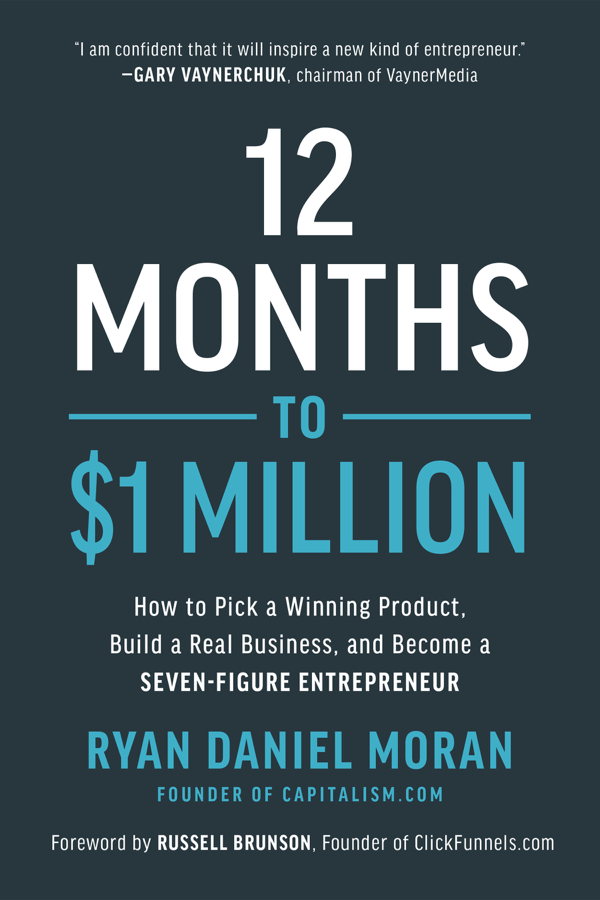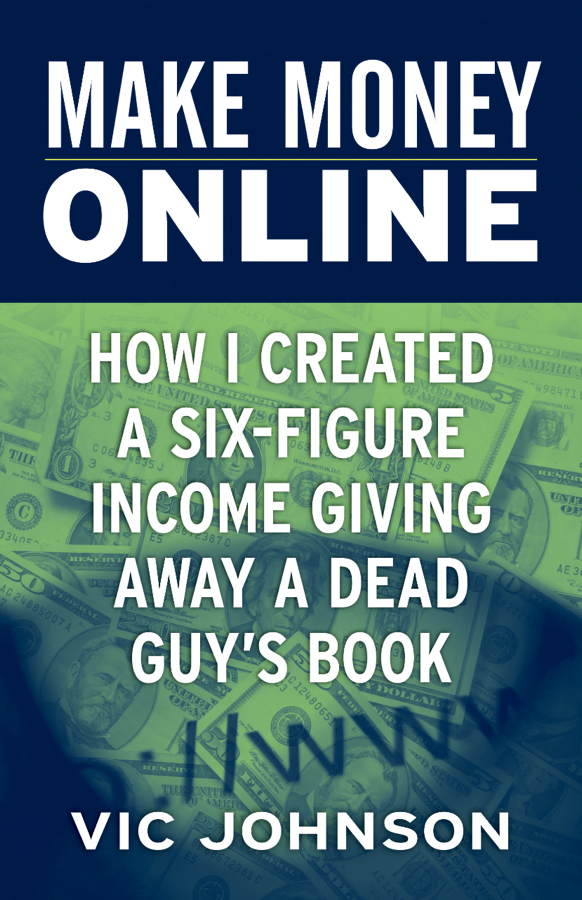
Introduction to Passive Income
In today’s fast-paced world, the concept of passive income is more appealing than ever. The idea of earning money with minimal ongoing effort is a dream for many, and thanks to the digital age, there are more opportunities than ever to make this dream a reality. Below, we explore some of the trending business options that can set you up for future passive income, along with tips on how to get started and important considerations to keep in mind.
1. Real Estate Crowdfunding
Overview: Real estate has always been a solid investment, but the barriers to entry—such as high capital requirements—have kept many people out. Real estate crowdfunding platforms have changed the game, allowing you to invest in properties with a smaller initial investment.
How to Start:
- Choose a Platform: Start by researching and selecting a reputable real estate crowdfunding platform like Fundrise, RealtyMogul, or CrowdStreet.
- Understand the Investment: Learn about the types of properties available, the expected returns, and the associated risks. Most platforms provide detailed information about each project, including potential ROI and timeframes.
- Diversify: Spread your investment across multiple properties to minimize risk.
Considerations:
- Risk Level: Like all investments, real estate crowdfunding carries risk. Make sure to read the fine print and understand that your capital may be at risk.
- Liquidity: Real estate investments are typically less liquid than stocks or bonds, meaning your money might be tied up for several years.
Online Guides: For a step-by-step guide, you can check out Investopedia’s guide on real estate crowdfunding.
2. Digital Products and Online Courses
Overview: With the rise of e-learning, creating digital products like eBooks, online courses, and webinars is an increasingly popular way to generate passive income. Once created, these products can be sold repeatedly with minimal effort.
How to Start:
- Identify a Niche: Choose a topic you’re knowledgeable about and that has a demand. Tools like Google Trends can help you identify popular topics.
- Create High-Quality Content: Invest time in creating well-researched, valuable content. Tools like Canva for design and platforms like Teachable or Udemy for course hosting can make the process easier.
- Market Your Product: Use social media, email marketing, and search engine optimization (SEO) to promote your product.
Considerations:
- Upfront Effort: Creating a digital product requires a significant initial investment of time and effort, but once it’s done, the income can be largely passive.
- Competition: The e-learning space is competitive, so it’s important to find a unique angle or offer superior quality to stand out.
Online Guides: For comprehensive instructions, visit HubSpot’s guide on creating and selling digital products.
3. Affiliate Marketing
Overview: Affiliate marketing involves promoting products or services through your blog, website, or social media. You earn a commission on any sales generated through your unique affiliate link.
How to Start:
- Choose a Niche: Focus on a niche where you can offer valuable insights. This will make your content more engaging and credible.
- Join Affiliate Programs: Sign up for affiliate networks like Amazon Associates, ShareASale, or ClickBank. These platforms connect you with thousands of products and services to promote.
- Create Content: Develop content around the products you’re promoting. This could be in the form of blog posts, product reviews, or social media posts.
Considerations:
- Content Quality: Success in affiliate marketing depends on the quality and relevance of your content. Avoid overly promotional content that may turn off your audience.
- Compliance: Make sure to comply with disclosure laws, such as including a disclaimer that you may earn a commission from affiliate links.
Online Guides: Check out Neil Patel’s guide on affiliate marketing for a detailed roadmap.
4. Print on Demand (POD)
Overview: Print on Demand allows you to sell custom-designed merchandise without the need to manage inventory. Companies like Printful, Teespring, and Redbubble handle everything from printing to shipping.
How to Start:
- Choose a Platform: Select a POD platform that suits your needs. Compare the features, product range, and fees of each.
- Design Your Products: Use graphic design tools like Adobe Illustrator or free alternatives like Canva to create your designs.
- Set Up an Online Store: Platforms like Shopify or Etsy can help you set up an online store where you can list your POD products.
Considerations:
- Design Quality: Your success will largely depend on the appeal of your designs. Take time to create unique and attractive designs that resonate with your target audience.
- Profit Margins: POD platforms typically take a significant cut, so make sure to price your products accordingly to ensure profitability.
Online Guides: For a comprehensive tutorial, see Shopify’s guide on how to start a print-on-demand business.
5. Dividend-Paying Stocks and REITs
Overview: Dividend-paying stocks and Real Estate Investment Trusts (REITs) are traditional but effective ways to generate passive income. These investments pay out a portion of the company’s earnings to shareholders, providing a regular income stream.
How to Start:
- Research Investments: Use platforms like Robinhood, E*TRADE, or Vanguard to research dividend-paying stocks and REITs. Look for companies with a history of stable or increasing dividends.
- Diversify Your Portfolio: Spread your investments across different sectors to minimize risk.
- Reinvest Dividends: Consider reinvesting your dividends to take advantage of compound growth.
Considerations:
- Market Risk: While dividends can provide steady income, they are subject to market fluctuations. Companies may reduce or eliminate dividends in tough economic times.
- Long-Term Focus: Dividend investing is best suited for long-term investors who can weather short-term market volatility.
Online Guides: For more information, check out The Motley Fool’s guide to dividend investing.
Conclusion
Building passive income streams is about making smart, forward-thinking investments in opportunities that align with your skills, interests, and financial goals. Each of the options listed above has the potential to generate income with minimal ongoing effort, but they require careful planning, initial effort, and a willingness to learn.
By following the steps outlined above and taking advantage of the linked guides, you can start building your path to financial freedom today. Remember, the key to successful passive income is persistence, diversification, and continuous learning.















